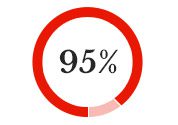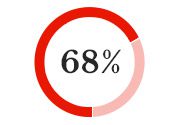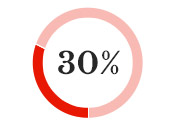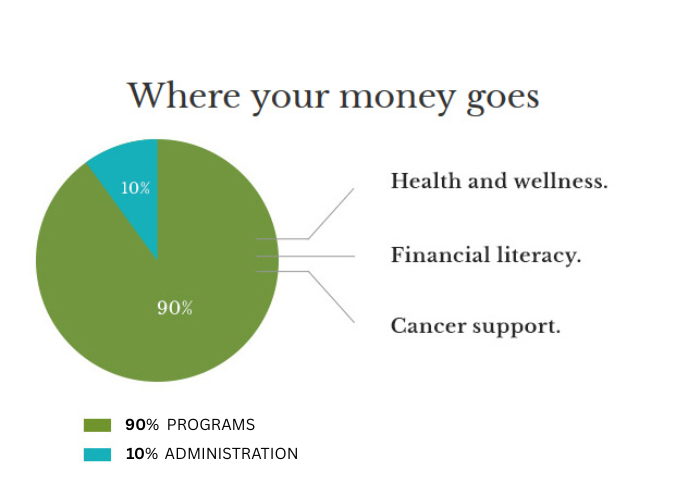The Numbers
Why are we working to improve Native
American children’s health & wellness?

A TWO TIMES HIGHER RATE OF DIABETES THAN WHITES

NINETY-FIVE PERCENT OF PATIENTS WITH TYPE II, VERSUS TYPE I, DIABETES

A SIXTY-EIGHT PERCENT INCREASE IN DIABETES AMONG TEENS

THIRTY PERCENT OF THE POPULATION WITH PRE-DIABETES
It is projected that Native Americans- nationwide- 1 out of
every 2 children will develop diabetes.
Native Americans have…
American Indian (AI) and Alaska Native (AN) children have approximately twice the levels of food insecurity, obesity, and Type II diabetes
Approximately 24 percent of American Indians in the United States live below the poverty line
Current estimates suggest that overweight and obesity affects one-third to one-half of AI/AN children
Many reservations have significant food deserts, which are defined as low-income communities without ready access to healthy and affordable food
There are over 650 tribes in North America


